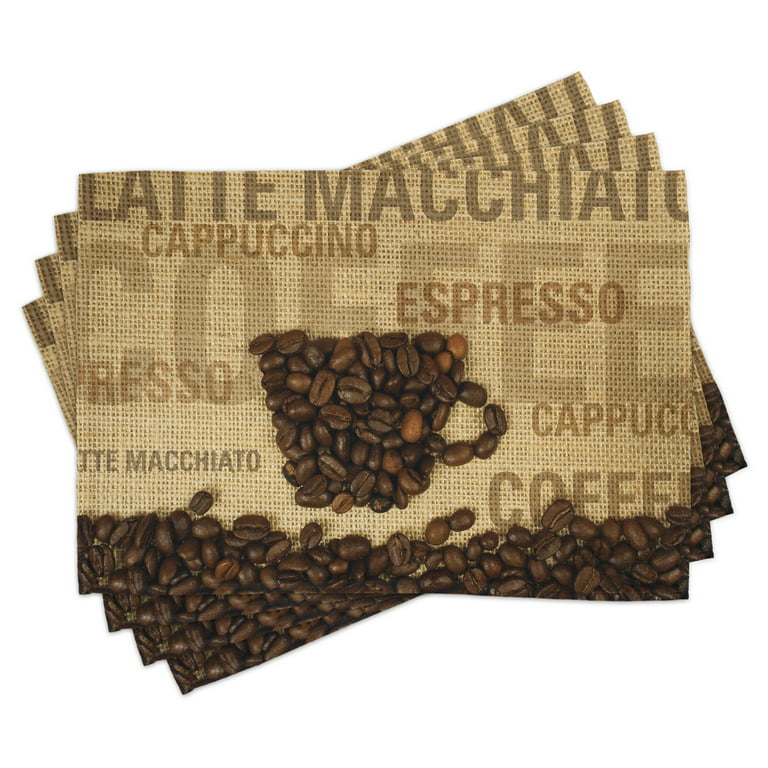More About Top News Sites
More About Top News Sites
Blog Article
Excitement About Unique Art
Table of ContentsThe Of Unique ArtThe 20-Second Trick For Unique ArtEverything about Unique ArtSome Of Unique Art
While one may debate which art kind holds priority, the reality continues to be that each of these seven forms offers a special home window right into human background, culture, and advancement. They are the tapestries that chronicle our journey, reminding us of our past while inspiring visions for the future.Terrific artwork tells a tale, makes individuals look twice, and creates a distinct experience that can not be matched. Art and illustrations interact every one of that via shade, form and other layout elements. Learn just how to make your unique artwork stand out from the crowd.
3 Emil DervishIn this entryway by Emil Dervish that stunning cobalt blue door swipes the show. To bring also more drama, he expanded the paint. to the doorframe and the wall up, finishing in a curved form. The curves, along with a round sconce, soften the sides - Unique Art. Structures classic posters and maps of cherished areas established the scene.
8 TRIA GIOVANEqual parts grand and laidback, this foyer made by Anthony Baratta is the ideal blueprint to adhere to if you're embellishing a formal entry that still really feels unfussy and comfortable. Patterned fabrics take center phase (see the carpets and the sofa), however they additionally help bring the high ceilings to a human scale when hung over wallpaper.
Unique Art - The Facts
18 Heidi Caillier DesignA gallery wall does not require to take up the entire room. In some cases a tiny one can make a bigger design statement. In this living space, Hiedi Caillier chose for micro-mini structures and an arbitrary composition.
, the expression of ideas and emotions, with the creation of specific aesthetic top qualities, in a two-dimensional aesthetic language. The elements of this languageits forms, lines, colours, tones, and texturesare utilized in various means to create experiences of volume, area, motion, and light on a level surface area. These components are combined right into expressive patterns in order to stand for real or mythological sensations, to interpret a narrative style, or to develop wholly abstract visual relationships.
Later the idea of the "great artist" developed in Asia and Renaissance Europe. Famous painters were managed the social standing of scholars and courtiers; they authorized their job, determined its design and often its subject and imagery, and established an extra personalif not constantly amicablerelationship with their patrons. During the 19th century painters in Western cultures started to shed their social position and secure patronage.
The smart Trick of Unique Art That Nobody is Talking About
Others gained an income via visiting exhibits of their work. The need to appeal to a market had changed the similar (if less impersonal) demands of patronage, and its result on the art itself was most likely linked here similar. Usually, artists in the 20th century could reach a target market only through commercial galleries and public galleries, although their work might have been periodically reproduced in art regulars
For the history of paint in ancient Egypt, see Egyptian art and architecture. The growth of painting in various areas is dealt with in a variety of posts: Western paint; African art; Central Asian arts; Chinese painting; Islamic arts; Japanese art; Korean art; Indigenous American art; Oceanic art and design; South Asian arts; Southeast Asian arts. It is the sense of certainty in this formal company that gives an excellent paint its self-sufficiency and visibility. The colours and positioning of the principal pictures in a style might be occasionally mainly decided by representational and symbolic factors to consider. It is the formal interplay of colours and forms that alone is qualified of communicating a particular state of mind, producing optical sensations of area, volume, motion, and light and developing pressures of both consistency and stress, even when Visit Your URL a painting's narrative meaning is rare.
Do not copy the style of various other artists if you're trying to find your style. Copying other people's artwork can be terrific in academic purposes yet it will not make you closer to discovering your own one-of-a-kind style. Your artistic design has to be, what you like and what inspires you.

The Greatest Guide To Unique Art
You need to try great deals of different alternatives and check out everything before you can concentrate get redirected here on one certain style or you'll be bored, or worse, you'll despise your own style. So I recommend you to try each and every single topic that you want, check out as much as you can. Try different tools that excite you and new techniques you have actually never tried prior to.
With time you'll have the ability to sort all of them into your favored and least favored classifications. Attempt to concentrate your attention on the topics and mediums that you like and prior to you see it coming you'll have your own personal and one-of-a-kind style, like no person else have! So in the long run you'll have a few preferred based on repaint and maybe a couple of favorite tools.

Report this page